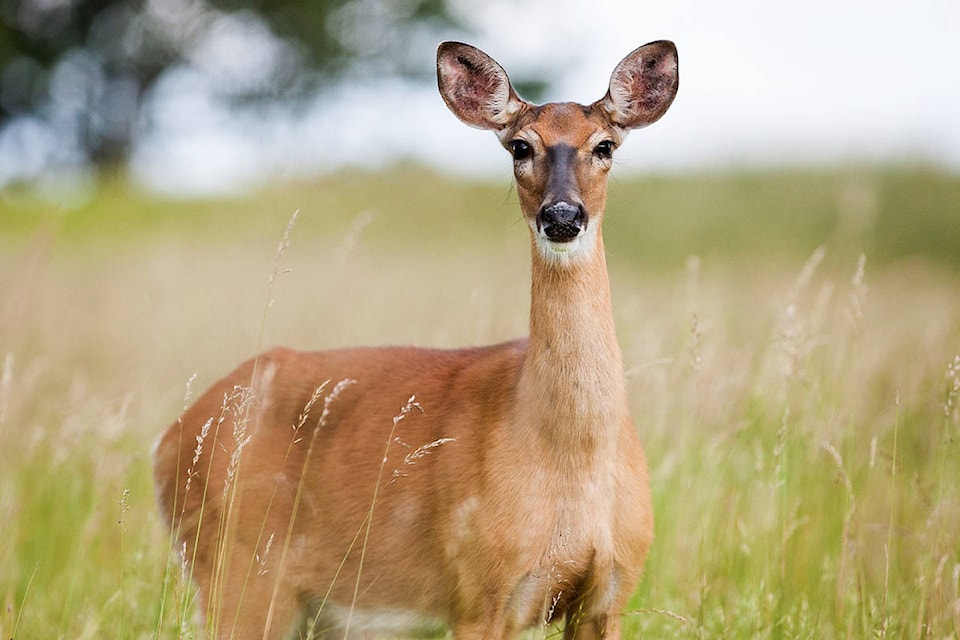Residents of Kelowna’s Upper Mission are fighting back against what they say is an increasing deer population in the area.
Four residents have gathered more than 1,000 signatures on a petition calling for a deer cull.
Petition organizer Ken Walker moved to the area in the 1980s and said he has seen an increasing deer problem in the last four years.
“We were hearing people from the Upper Mission were fed up,” he said, noting the deer have been destroying gardens and threatening people’s animals.
“Before you know you have no bush left, it’s a bunch of sticks.”
The deer have grown so accustomed to being around people they’re having babies in residents’ backyards, he said.
“They’re really domesticated animals.”
Walker believes there’s no alternative way to control the population.
He referenced the City of Cranbrook, which euthanized 15 deer in January and early February and removed as many as 100 deer from the area.
“We’ve done nothing in the last four or five years and they’ve gotten worse and worse,” said Walker.
The petition will be brought to the city in the next few days.
Mayor Colin Basran said he hasn’t heard about the petition and Kelowna hasn’t had a deer cull in recent history.
There has been an increase in service requests for deer on private properties in the past few years, said parks services manager Blair Stewart, however the issue is not as large as Cranbrook’s.
But the number of complaints is increasing. In 2016 there were 29 requests, in 2015 there was six requests and in 2014 there were three, he said.
“In the grand scheme of things compared to our service requests, it’s low,” said Stewart.
The requests are also in certain locations in the city, mainly in the Mission, around Knox mountain and in other small pockets across town.
“We really need to look at what the petition says and do some research,” said Stewart. “We have been trying to talk to the communities that have been dealing with something similar, but these other communities have had a lot more complaints and issues than we’ve had.”
He suggested another option; providing education to the public.
“A cull doesn’t get rid of the problem, which is the reason why the deer came here to begin with. It’s an area where deer lived before houses were built and it’s an area where they will still come back to in the future,” said Stewart.
“There’s a lot of education that needs to happen with the public about planting and vegetation and there’s a lot of things that need to change in order for this to be a long-term solution.”
